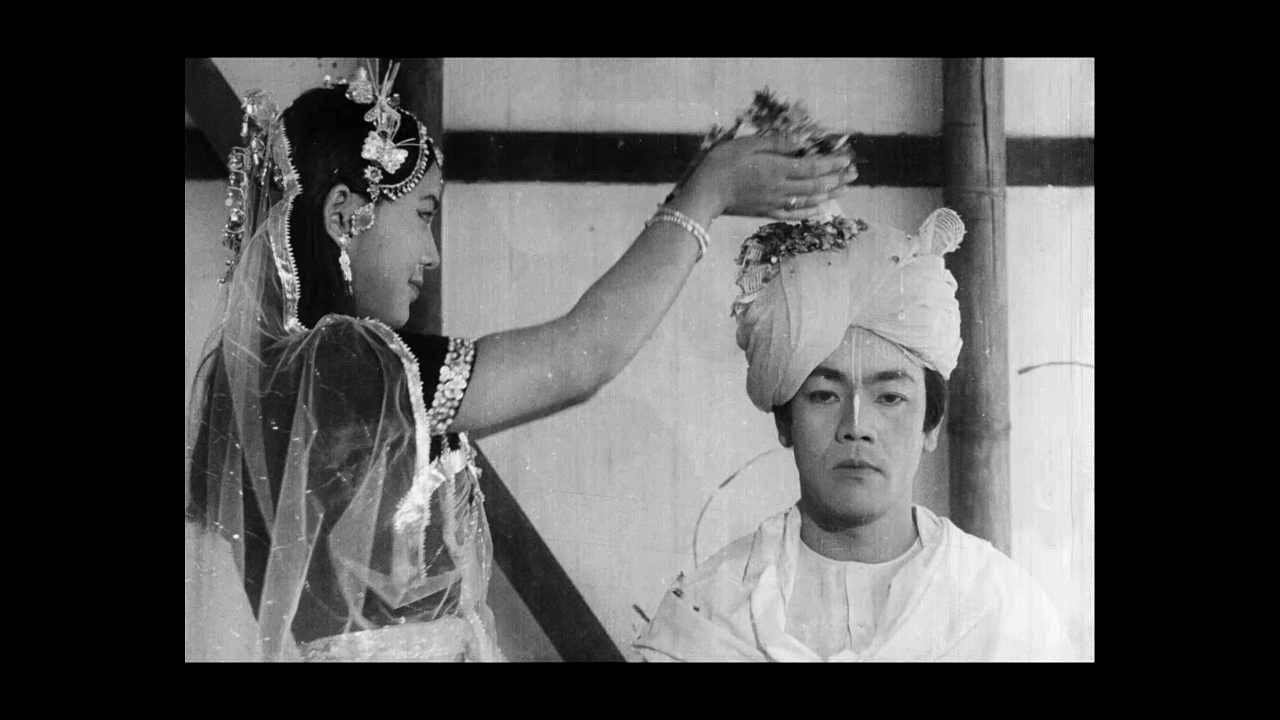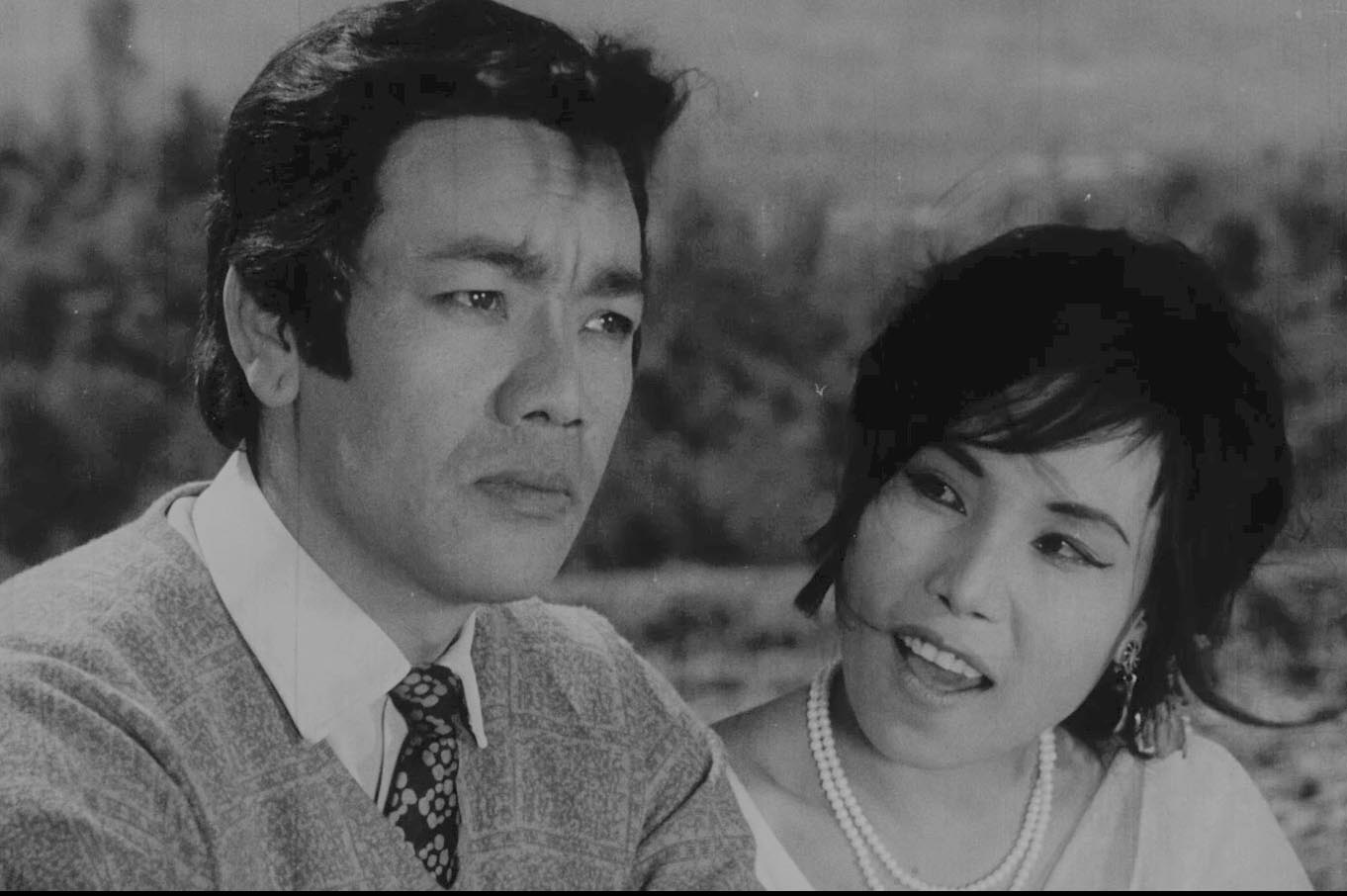Sylvia Path (1937-1963) was born in Boston, USA and went to Cambridge after her graduation and married Ted Hughes, a British poet in 1956. She committed suicide in 1963. Her Collected Poems were published in 1981. Mirror is a poem of 18 lines.
‘Mirror’
Sylvia Path’s poem ‘Mirror’ is one of the most popular modern poems. In this poem Sylvia Path describes transformation of a woman from a young girl to an old woman by using unusual technique. As the title “The Mirror” shows the story of the woman as narrated by using a particular style which has never been done by any poet. In fact it is a mirror that tells the story.
The poem uses the voice of a mirror as a first person narrator as if mirror is introducing itself mentioning its different characteristics. The literary devices and the figures of the speech used by the poet help embellishing the poem in making it effective. A mirror is a wonderful gift of science. It is true that we can see our self being reflected in a still water surface. We also see our image in a signing vessel but what the mirror reflects is the most exact and there is no difference between the real object and the image reflected from the mirror.
The poem begins with the mirror being personified like human being telling her story. The mirror declares that it is silver indicating that due to the coating on other side of the glass before it will be reflected in the presence of light rays. As long as light is not there and long as the object is not before the mirror no image can be seen. We human being always have pre-conceptions of what the persons would look like before we actually see them. This is because we have emotion unlike the mirror which does not. Whatever is seen by mirror, it can be seen inside the mirror. The use of the metaphor “the swallow” implies the idea that the mirror swallows the thing before it and one can see the image inside it.
The mirror is never confused by emotion like love or dislike. We may not see a person as beautiful, if we dislike him or her. Even an evil person may look loving to us if he is loved by us. It is not because of cruelty that the mirror produces a true image. It is because it always reflects the truth. The square mirror may be compared to the eye of a little god as it never reflects a distorted image.
The mirror is personified again when the poet makes it to say that it meditates on the opposite wall in most of the time. It means the pink wall with small marks on the opposite side is the common image reflected on the mirror. The mirror thinks that the opposite pink wall has become a part of its heart.
The image inside the mirror changes from time to time. Sometimes a face of a person will block the reflection on the opposite wall, and on the other hand darkness comes to hide the image on the wall. The mirror compares itself to a lake using a metaphor. This comparison is very appropriate because image can also been seen in a clear fresh water lake.
In the second part of the poem we see Sylvia Path bringing out the theme of the poem “The Mirror.” The mirror describes how a woman comes to see her refection as if coming deep in a lake. She looks searchingly trying to see herself. Sometimes the facial refection of a person may be beautified by a bright candle light or romantic by a candle light or romantic moon’s rays. When the mirror shows the woman her image, she sees herself as she is. They called candle or the moon as liars. In the candle light she may not able to see the line of old age and wrinkle. The moon rays may also make her image romantic. Hence, in that moment the candle and mirror are like sycophants who praise the lady by telling that she still young and beautiful.
The mirror’s act of producing a truthful image sometimes causes unhappiness to the woman. She may cry with agitation when she sees herself aging. The mirror, in this way is both capable of giving happiness as well as sorrow. Every morning she comes and replaces the dark image on the mirror with her own face. In the last two line of the poem Sylvia Path uses illusion of a drowning young girl and rising up as an old woman. She sees the image of an old woman as the smile of a terrible fish. When she was young, the mirror produces the image of a young girl. Now as an old woman she sees the image of an old woman as if she has drowned as a young girl, and since she becomes maturity the image of woman appears like an extremely fearful fish. The ugly face of an old woman is appeared as a terrible fish. Thus, we see that the poet uses a mirror to describe her own life of being a young girl and turning into a old woman after many years.

The writer is a PhD Scholar, Manipur University and can be reached at: [email protected]








